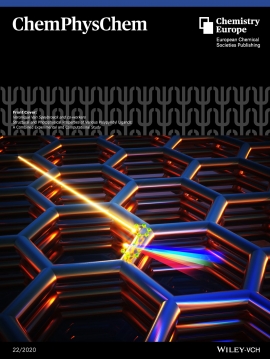Strongly Reducing (Diarylamino)benzene Based Covalent Organic Framework for Metal-Free Visible Light Photocatalytic H2O2 Generation
Abstract
Photocatalytic reduction of molecular oxygen is a promising route toward sustainable production of hydrogen peroxide (H2O2). This challenging process requires photoactive semiconductors enabling solar energy driven generation and separation of electrons and holes with high charge transfer kinetics. Covalent organic frameworks (COFs) are an emerging class of photoactive semiconductors, tunable at a molecular level for high charge carrier generation and transfer. Herein, we report two newly designed two-dimensional COFs based on a (diarylamino)benzene linker that forms a Kagome (kgm) lattice and shows strong visible light absorption. Their high crystallinity and large surface areas (up to 1165 m2·g−1) allow efficient charge transfer and diffusion. The diarylamine (donor) unit promotes strong reduction properties, enabling these COFs to efficiently reduce oxygen to form H2O2. Overall, the use of a metal-free, recyclable photocatalytic system allows efficient photocatalytic solar transformations.


 Open Access version available at
Open Access version available at 